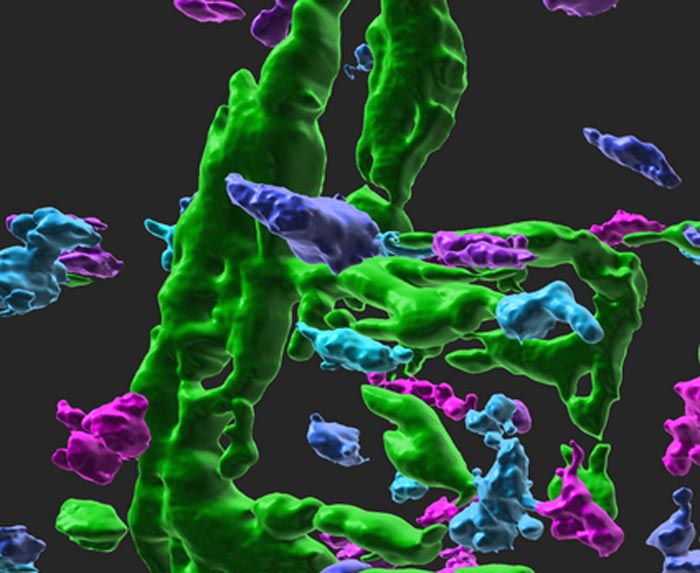Could blood marker predict the risk of osteoporotic hip fracture in men?

CXCL9 predicts the risk of osteoporotic hip fracture in a prospective cohort of Chinese men article image
Credit: Delivery mode and risk of gastrointestinal disease in the offspring Christine Hellsing, Anne K. Örtqvist, Eva Hagel, Carmen Mesas-Burgos, Ulf O. Gustafsson, Anna Löf Granström First published: 04 August 2022 https://doi.org/10.1111/aogs.14427
Bone health requires a balanced activity of various bone cell types including bone-forming osteoblasts and bone-resorbing osteoclasts. Osteoporosis occurs when osteoclasts dominate without adequate bone formation to compensate. In new research published in the Journal of Bone and Mineral Research, elevated blood levels of a certain chemokine, or small signaling protein, that promotes osteoclast formation were linked with a higher risk of hip fracture in men.
The study included 55 men and 119 women who had experienced a hip fracture an average of 6.3 years after their blood was collected. The participants were matched individually to controls who did not develop hip fractures.
Investigators observed higher blood levels of the chemokine CXCL9 in the pre-fracture blood samples of men with subsequent hip fractures compared with their non-fracture controls. No such difference was seen women.
“The unexpected difference in the results between men and women in our study may be explained by how changes in sex hormone levels during aging could influence the level and effects of CXCL9 differently in older men and women,” explained corresponding author Woon-Puay Koh, MBBS, PhD, from the National University of Singapore (NUS).
“Our findings open the exciting possibility that early interventions targeting CXCL9 or CXCL9-CXCR3 signalling could be beneficial in preventing hip fractures in older men,” added co-corresponding author Christoph Winkler, PhD, also from NUS.
Journal: Journal of Bone and Mineral Research
DOI: 10.1002/jbmr.4646
Article Title: CXCL9 predicts the risk of osteoporotic hip fracture in a prospective cohort of Chinese men
Article Publication Date: 17-Aug-2022
Media Contact
Dawn Peters
Wiley
newsroom@wiley.com
Original Source
All latest news from the category: Health and Medicine
This subject area encompasses research and studies in the field of human medicine.
Among the wide-ranging list of topics covered here are anesthesiology, anatomy, surgery, human genetics, hygiene and environmental medicine, internal medicine, neurology, pharmacology, physiology, urology and dental medicine.
Newest articles

Tackling Life-Threatening Fungal Infections Using RNA Modifications
Importance of RNA modifications for the development of resistance in fungi raises hope for more effective treatment of fungal infections. An often-overlooked mechanism of gene regulation may be involved in…

Unraveling Aphasia: Global Study Breaks Down Patients’ Struggle with Verb Tenses
An international team of researchers, including scientists from the HSE Centre for Language and Brain, has identified the causes of impairments in expressing grammatical tense in people with aphasia. They discovered…

Facing the Storm: A Prepped Up Future Against Extreme Climatic and Weather Changes
From the persistent droughts of southern Africa and Central America in the early part of the year to the more recent devastating extreme rainfall in Spain and the deadly Hurricane…



